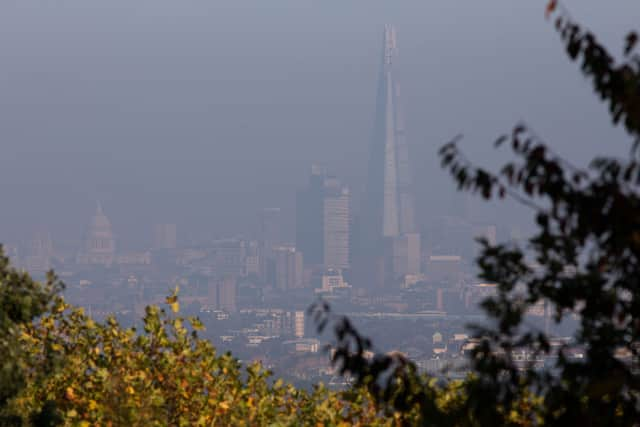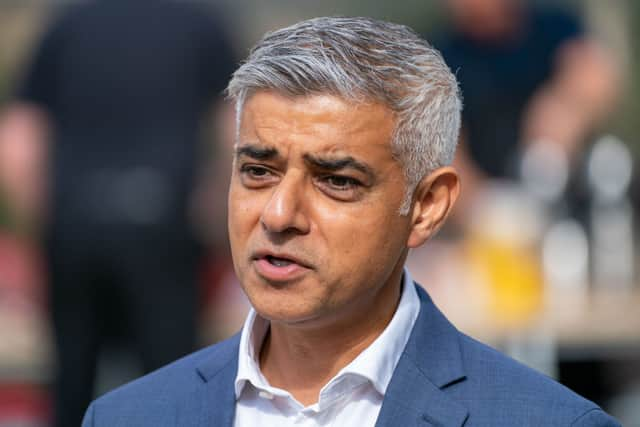Air pollution: Outer boroughs lagging behind inner London in reducing deadly emissions
and live on Freeview channel 276
Air pollution is reducing at a far slower rate in outer boroughs compared with inner London, according to a new report by City Hall.
The data reveals that from 2016 to 2019, nitrogen oxide (NOx) emissions reduced at just half the rate in outer London as they did in both central and inner London.


Advertisement
Hide AdAdvertisement
Hide AdThe percentage reduction in particulate matter (PM.10) was also 10 times greater in inner and central London than in outer London and the percentage reduction of fine particulate matter (PM2.5) was five times greater in central London than in outer.
The research also shows that those exposed to the worst air pollution are more likely to be deprived Londoners and from black, Asian and minority ethnic communities.
Poor air quality stunts the growth of children’s lungs and worsens chronic illnesses, such as asthma, lung and heart disease.
Loading....
Advertisement
Hide AdAdvertisement
Hide AdA recent report by Imperial College London also found that the greatest number of deaths attributable to air pollution were in outer London boroughs.
This was mainly due to the higher proportion of elderly people in these areas, who are more vulnerable to the impacts of air pollution.
The boroughs with the highest number of air pollution related deaths in 2019 were Bromley, Barnet, Croydon and Havering.


Advertisement
Hide AdAdvertisement
Hide AdSadiq Khan said: “I pledged to be the greenest Mayor London has ever had and today’s data demonstrates the transformative and rapid impact of my air quality policies in central and inner London.
“However, air pollution still remains a major public health challenge and I’m not willing to stand by and wait when there’s more we can do in outer London that could make a big difference.
“We simply don’t have time to waste, there is still far too much toxic air pollution permanently damaging the lungs of young Londoners and affecting older people who are more vulnerable to the impacts of air pollution.
“This is also a matter of social justice – with air pollution hitting the poorest communities the hardest. Londoners on lower incomes are more likely to live in areas of the city most badly affected by air pollution and are least likely to own a car.
Advertisement
Hide AdAdvertisement
Hide Ad“Nearly half of Londoners don’t own a car, but they are disproportionately feeling the damaging consequences polluting vehicles are causing.
“Too often we have seen measures to tackle air pollution and the climate emergency delayed because it’s viewed as being too hard or politically inconvenient, but I’m not willing to put off action we have the ability to take here in London.
“I’m determined that we continue to be doers, not delayers to protect Londoners’ health right now, and for the sake of future generations to come.”
Earlier this month Londoners were warned to avoid physical exercise due to ‘very high’ levels of pollution in the capital- the first such rating in the city since March 2018.
Last week, a report released by City Hall set out that Londoners would have to significantly reduce their car use if the city is to achieve net zero by 2030.
